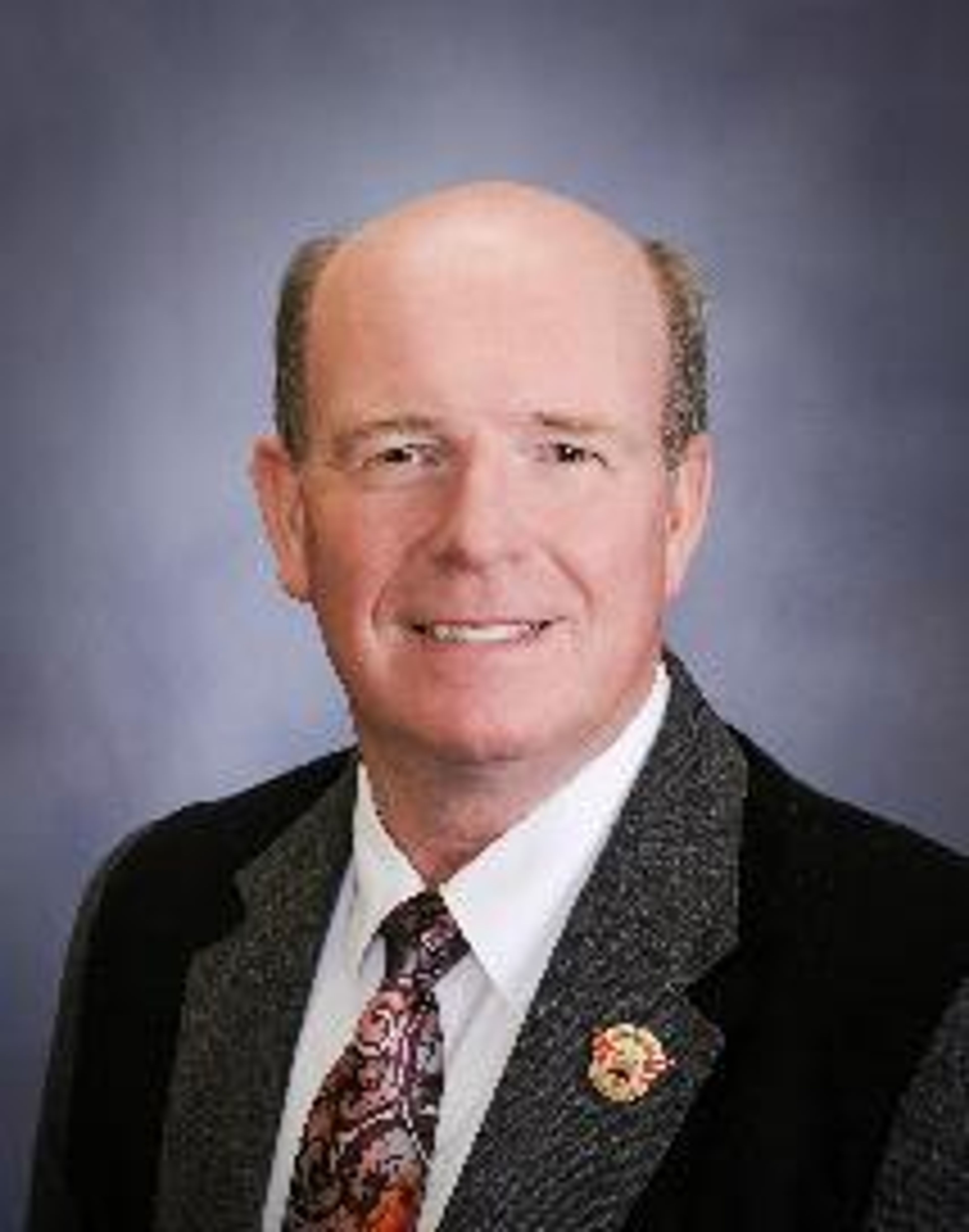Report: Idaho elderly behind 8 ball
Largely because of low pay, the Gem State has an even more severe shortage of direct care medical workers than the national average
BOISE — Idaho’s shortage of workers providing direct care to elderly people and those with disabilities exceeds nationwide shortages, leaving those who rely on those services in grim conditions, according to a report released by the Office of Performance Evaluations.
OPE released its findings at a Joint Legislative Oversight Committee meeting Thursday; the office was directed to complete the report by the committee last session and could not release its findings until the committee approved it.
The report found that Idaho is about 3,000 workers below national staffing levels and estimates this shortfall could grow to 9,500 in the next decade. The primary reason for the shortage is low compensation for workers, driven largely by low Medicaid rates. Medicaid is often the main funding source for these types of services because private insurance and Medicare don’t typically cover long-term direct care services.
“The most direct and meaningful thing that the state can do to ensure that we have a sustainable direct care workforce is make sure that our Medicaid rates support competitive wages,” Principal Investigator Amanda Bartlett said.
There are 33,000 older adults and people with disabilities who rely on direct care, according to the report, and the shortage is affecting their quality of life.
This type of work can include services such as nursing, home maintenance, transportation, dietary support, counseling, occupational therapy and physical therapy. Idaho’s aging population is driving up demand — the report found that the number of people 65 years or older in Idaho increased 54% between 2010 and 2020 and the number of people with disabilities increased 19% in that time.
Mel Leviton, executive director of the State Independent Living Council, said without access to fairly compensated and well-trained workers, there are people losing “choice and self-determination.”
“Surrender isn’t an option,” Leviton told the committee. “People with disabilities are dying, are suffering, are being warehoused in nursing homes that still have Medicaid beds.”
The state does not directly provide these services, but businesses that are administering direct care services rely heavily on Medicaid rates, according to the report.
The office surveyed nearly 800 direct care workers, and of those who were actively looking for a new job, 76% said higher pay is the main factor that would make them stay. Those surveyed received an average wage of about $14 an hour; respondents said they would stay for $19 an hour.
High turnover worsens conditions for those who stay, the survey respondents said, with many describing challenges such as unpredictable schedules, large workloads, long hours and little to no time off.
The office’s survey of 142 businesses that provide these services found 86% didn’t have enough staff to meet demand. The cascading effects of the shortage can mean that the services provided aren’t as high-quality.
More than 80% of businesses reported keeping low-performing employees longer than they wanted, and 83% said they hired employees with fewer qualifications than they would have normally.
Of those who rely on direct services, many reported experiencing inattentive care, late or missed care, increased sadness and depression and more stress and behavioral symptoms.
Christine Pasani, Idaho Council on Developmental Disabilities executive director, described to the committee situations such as people leaving overnight who are unable to get out of bed, and people leaving with no access to food and water or the toilet.
“And people are dying,” Pasani said. “So it’s a serious situation, and we really do hope that recommendations can be implemented quickly.”
Division of Medicaid Director Juliet Charron told the Idaho Press that, although the state did recently raise rates for some who provide home-based and community-based care, there are other providers who have yet to see an increase.
“With changes in workforce, inflation and other economic factors, there’s still some room to grow in terms of getting competitive wages,” Charron said.
The division tracks reported cases of Medicaid not being able to access care and said there have been cases of people either not receiving what they need or not enough care. Some people aren’t able to continue living in their communities and end up in institutional care, she said, which is more costly.
These recommendations include improving wage targets. The state doesn’t set wages but it does set the Medicaid rates paid to provider agencies. The office also recommends communicating the cost of inflation to the Legislature and adjusting rates annually and considering allowing the Division of Medicaid to set region-specific rates. Current shortages are more severe in northern Idaho and areas near the Washington and Oregon borders.
The report additionally recommends the Department of Health and Welfare expand its existing efforts to make training more accessible and develop a career ladder for direct care workers.
The department will need more capacity to implement these recommendations, the report said. Another OPE report released in 2022 found a deficit in the state Medicaid division’s capacity to effectively implement Medicaid rate setting recommendations.
The department did not request funding for additional staff in its budget this session, according to the report.
“This evaluation revealed the continuing consequences of not having adequate management,” the report said.
Before the meeting adjourned, Rep. Steve Berch, D-Boise, made a motion to direct the Department of Health and Welfare to share an update and plan to address the issue with the committee in September.
The motion was unanimously approved.
Charron said the department has already begun work on addressing the issue; in February, the agency announced it included in its 2023-24 strategic plan initiatives to address direct care workforce retention and recruitment. The initiatives include a marketing campaign to garner interest in the profession and improving free training opportunities.
“I really see it as expanding on the work, now that we’ve seen these recommendations,” Charron said.
Leviton thanked the office for its work and the committee for sparking the study, but said it’s imperative that the plan to implement it includes input from Idaho residents who are disabled. She also noted that disabilities affect most people, eventually.
“This crisis is going to impact all of our lives, if it hasn’t already,” Leviton said. “If you live long enough, you’re going to become disabled. ... You or a loved one will rely on these workers.”
Guido covers Idaho politics for the Lewiston Tribune, Moscow-Pullman Daily News and Idaho Press of Nampa. She may be contacted at lguido@idahopress.com and can be found on Twitter @EyeOnBoiseGuido.




